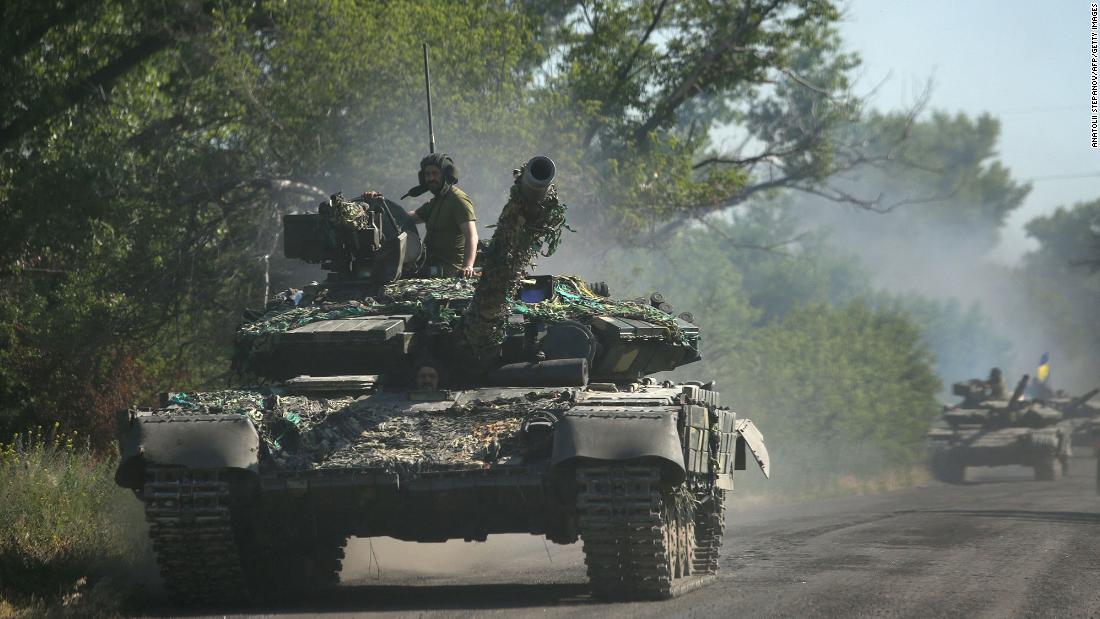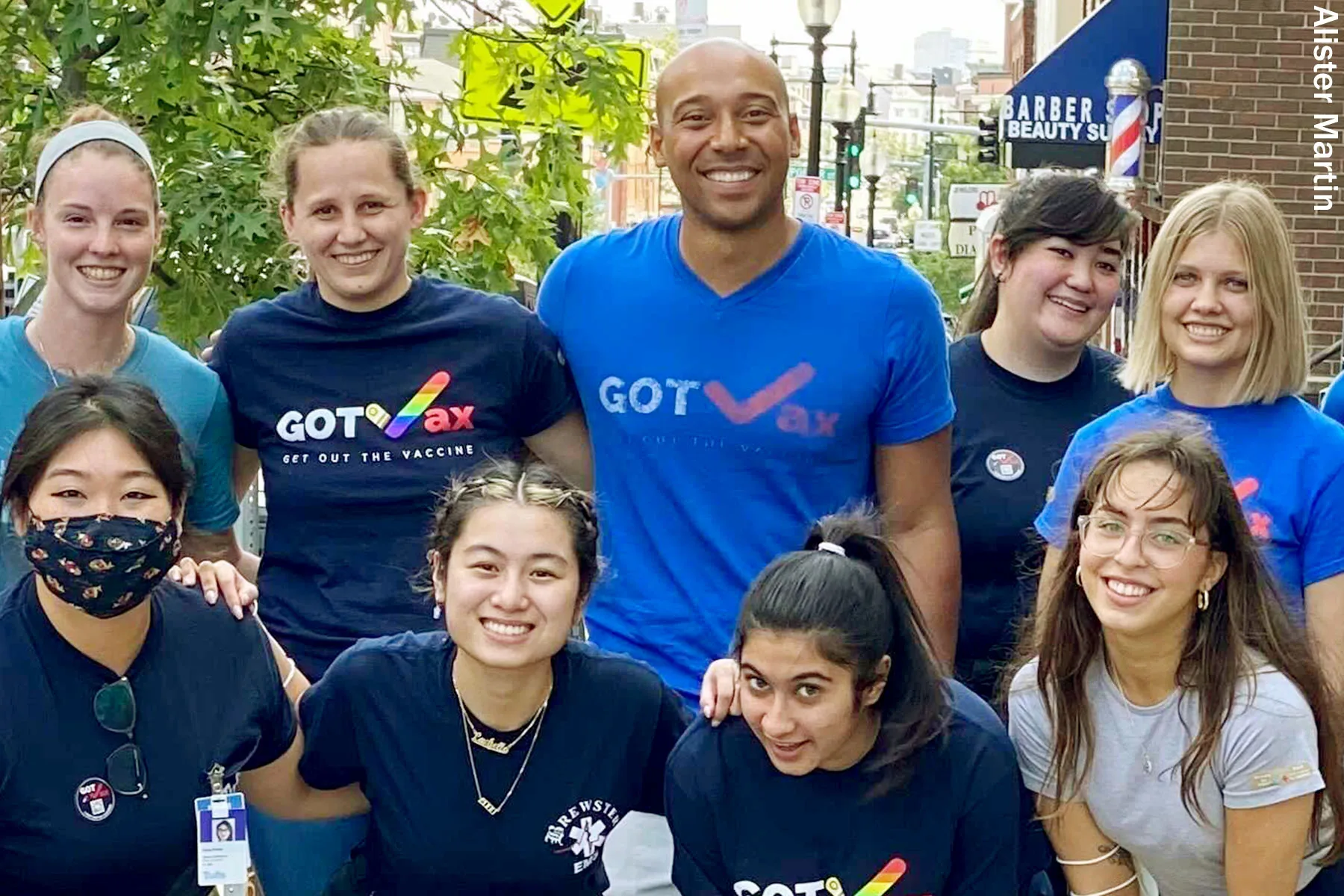‘Ghost Guns’ Complicate Crackdown on Firearm Violence
Law enforcement and researchers alike are struggling to pin-point the origins of many guns used in crimes today — partly because they're untraceable ghost guns, and partly because of the vast "iron pipeline" of gun trafficking in America.

Advocates and researchers say there are potentially thousands of firearms in America that we don’t know exist, or have little data on where they came from — ranging from untraceable homemade “ghost guns,” to guns purchased legally that end up being trafficked, FiveThirtyEight details.
There are about 400 million guns and about 100 million gun owners in the United States, according to Tom Chittum, the number-two official at the Bureau of Alcohol, Tobacco, Firearms and Explosives (ATF).
Chittum was quick to add, “The vast majority of those [firearms] are never going to be used in a crime.” But the existence of thousands of guns with no discernible ownership on the records has complicated the national push to get more guns off the street and increase gun control.
Prosecutors around the country are battling against a threat they can’t seem to track down, mainly because by nature, the threat is untraceable.
Advancements in at-home 3-D printing technology has allowed people to purchase blueprint kits to assemble their own guns in the comfort of their own space. These blueprints aren’t to make cheap toys — they are true deadly “ghost gun” weapons that have no serial numbers, making them impossible to trace if they turn up at a crime scene.
Just in August alone, police in Pennsylvania and New Jersey arrested three men smuggling ghost guns across state lines. They were only caught because a confidential informant was planning to buy nine handguns, six semi-automatic rifles, nine large-capacity magazines and a silencer, according to one of the men’s arrest affidavits.
In 2019, police in Philadelphia recovered 95 ghost guns, according to data the department shared with FiveThirtyEight. Last year, it was 250. This year is on track to double that, with 389 recovered as of early September.
Many fear that this is one anecdotal piece to the much larger iceberg.
Ghost guns have become a real threat to Americans. As Sam Levy of Everytown for Guns Safety said earlier this year, ghost guns have become the “fastest growing public safety issue” and experts fear that they’re becoming the “weapon of choice for extremists, gun traffickers and prohibited persons of all stripes.
The weapons have been showing up at crime scenes with increasing frequency, too, according to experts who spoke with FiveThirtyEight — including at least two mass shootings and one school shooting in California.
The Bureau of Alcohol, Tobacco, Firearms and Explosives (AFT) is finalizing new federal regulations that would change the definition of a “firearm” under federal law, “potentially making it much harder to build an untraceable weapon,” FiveThirtyEight details. But, a federal appeals court also loosened restrictions this year on digital blueprints for 3D-printed guns, which could make ghost guns more readily accessible to anyone with even minimal tools.
Legal guns can be difficult to track as well, particularly because of gun trafficking.
Gun Trafficking
Legal gun purchasing can be tracked, and since 2019, the last year for which this data is available, every state and territory was its own biggest source of gun purchases, with the exception being Puerto Rico, the U.S. Virgin Islands, and Washington D.C.
However, interstate gun trafficking is still a troubling problem.
FiveThirtyEight details how in New York, for example, more than twice as many guns involved in crimes came from southern states, following a route known as the “iron pipeline.”
Experts who spoke with FiveThirtyEight added there was no clear, national data on how crime guns go from manufacturers and dealers to the black market, how trafficking differed from state to state or even the street price of trafficked firearms in different markets.
The most recent federal report on gun trafficking dates from 2000, and it used data from 1996 to 1998 — shocking many regarding the lack of available information that’s out there for advocates and lawmakers.
President Biden sees this information deficit, and the administration is looking to update research with a new trafficking report, due out next year, that the administration says will be updated annually, according to FiveThirtyEight.
“Ideal world, what we do is every time a gun is connected to a crime or a violent crime, there’s an exhaustive investigation that connects the dots and sort of traces the path of that gun to that criminal or crime scene,” said Daniel Webster, director of the Center for Gun Violence Prevention and Policy at Johns Hopkins University.
“And the truth is, that almost never happens,” Webster concluded.
See Also: California Grapples With Dangerous Rise in ‘Ghost Guns’
In order to limit the accessibility and havoc that these guns have created, many are looking to gun control laws for the answers — but some advocates warn that it won’t change the present.
Researchers from American University found that tightened gun control measures had “almost no effect on violent crimes” in their area of study, according to the National Interest.
More Gun Control, Still Violent Crime
Gun advocates have long argued that gun control would make our streets safer, but adamant Second Amendment right supporters have always vehemently disagreed.
Now, American University researchers in Washington D.C. have analyzed six years of gun control measures that went into effect in Massachusetts, finding that the measures had “almost no effect on violent crimes in the Bay State,” according to the National Interest.
See Also: Second Amendment Backers Want San Diego Ban on Ghost Guns Reversed
The study noted, as reported by the National Interest, that the entire country, including the Bay State, experienced a drop in crime following the 1990s. To that end, Massachusetts had 287,000 violent crimes from 2006 to 2016, including “198,402 aggravated assaults, 70,361 robberies, 19,107 rapes, and 1,698 instances of murder or non-negligent manslaughter.”
This spike in violent crime followed the 2014 new requirements passed for background checks for firearms sold at gun shows or through private sales. When the gun control legislation went into effect in January 2015, there were immediately mixed findings of the effectiveness.
“Gun violence remains at the forefront of the public policy debate when it comes to enacting new or strengthening existing gun legislation in the United States,” said Janice Iwama, assistant professor of justice, law, and criminology at American University, who conducted the study, as quoted by the National Interest.
“Yet the political polarization and relatively limited scholarly research on guns and gun violence make it difficult for policymakers and practitioners to enact and implement legislation that addresses the public health and safety issues associated with gun violence,” Iwama concluded.
Additional Reading: ‘Ghost Guns’ Increase Threat of Right-Wing Violence: Researcher
Andrea Cipriano is a TCR staff writer.

 Landwebs
Landwebs 





















